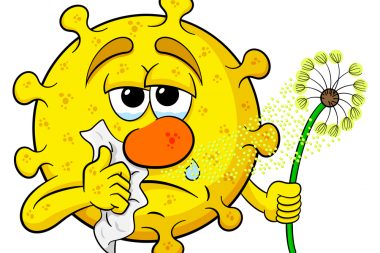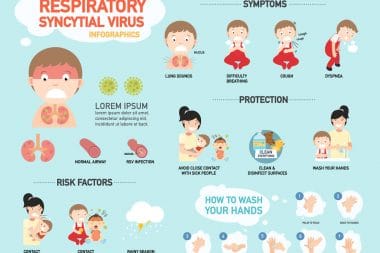Allergy sufferers always dread the coming of spring, and this year might bring more misery than usual as winter recedes into spring. Though April is just getting started, the Allergy & Asthma Care center in New York has data showing nearly one in three locations across the United States has modern or high levels of pollen. And allergy patients are noticing, as their symptoms kick in and send them scrambling for relief.
Generally, temperatures that are warmer than the average can contribute to higher pollen production. So too can increased rainfall. Both are factors that help promote plants to release pollen as they enter their growing cycles and leave the dormancy of winter behind. On the non-natural front, pollution can also trigger higher pollen production; as plants tap into the higher carbon dioxide levels and use it to fuel their cellular processes. This past winter has seen some fairly warm average temperatures, along with some rather severe incidents of intense snowfall in some places; leading allergists to fear this spring is going to be full of pollen activity.
Climate change is big news, and those dealing with allergies might find themselves on an unexpected front line as the environmental changes all come together in a perfect storm of pollen. Consult with your allergist so you don’t have to suffer through spring.
Your allergies feel worse this year? You’re not just daydreaming. Read up and breathe easier. #HealthStatus
Follow HealthStatus
Tweet Now
Key Points:
- 1As early as April, about 33% of the United States has high amounts of pollen.
- 2Due to climate change, the length of the growing season is increasing; thus allergy season is longer than ever.
- 3The most efficacious method of allergy treatment is immunotherapy pills, shots, and sublingual drops.
See the original at: https://www.healthline.com/health-news/2018-allergy-season-expected-to-be-bad








Reply